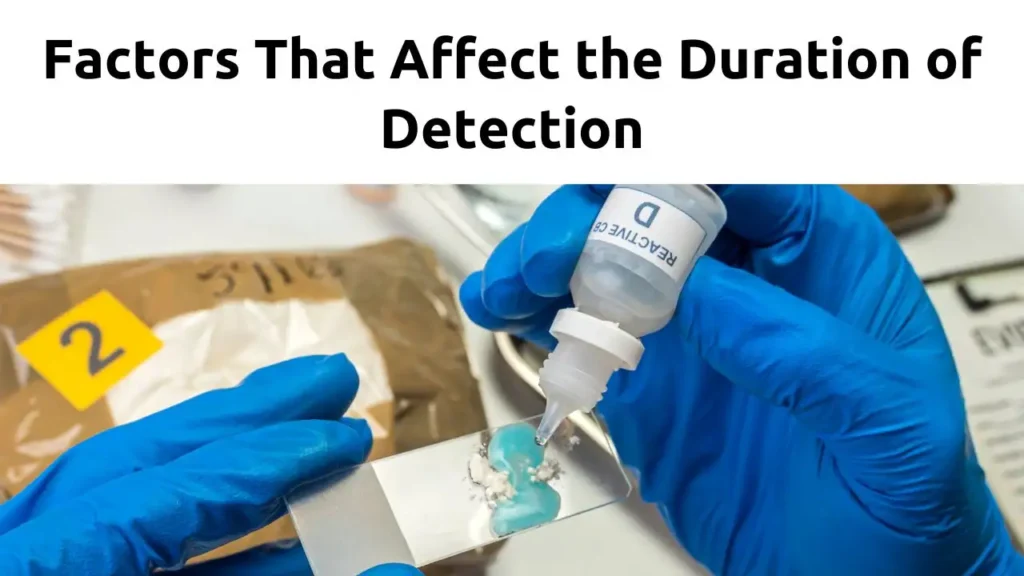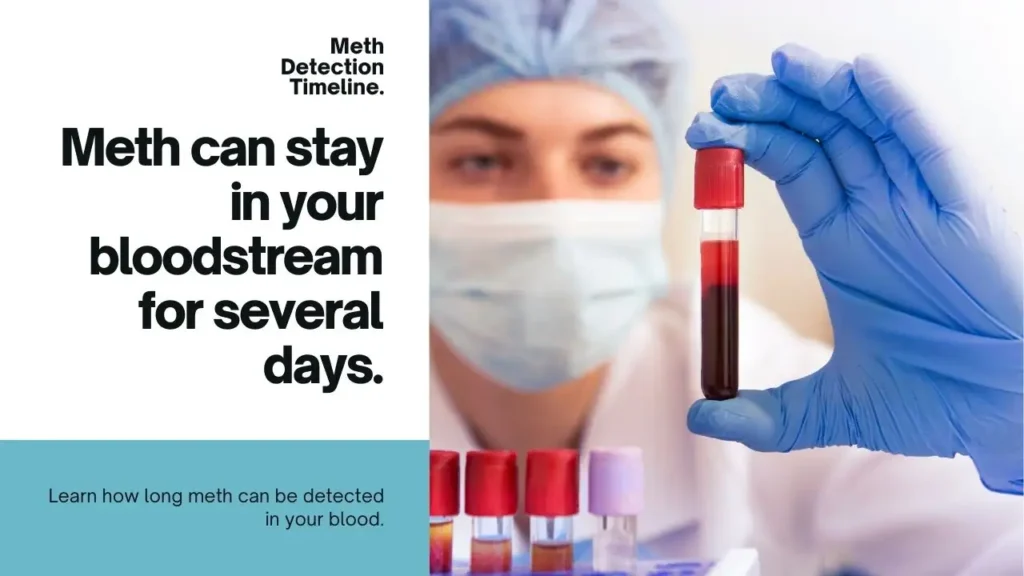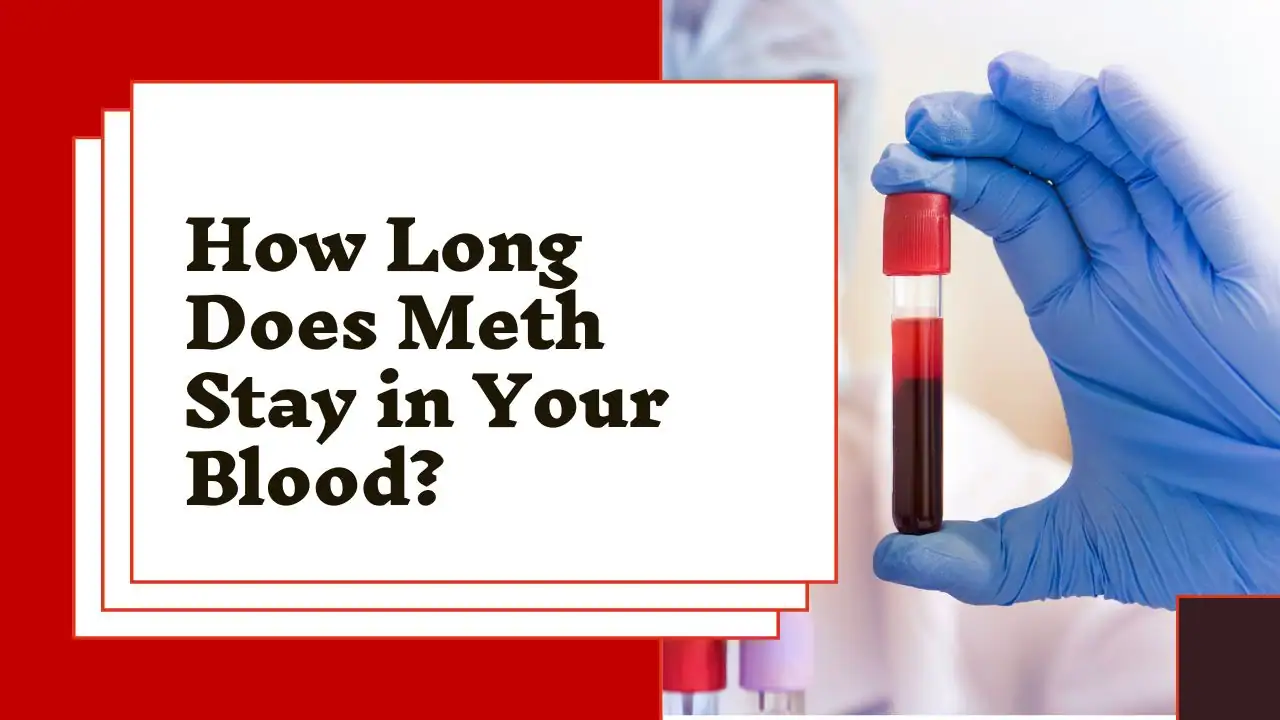Methamphetamine, commonly referred to as meth, is a potent and highly addictive drug that affects the central nervous system. It is known for its ability to produce intense euphoria, increase alertness, and enhance physical performance. But how long do these effects last in the body? In this comprehensive guide, we’ll explore the intricacies of meth detection in the bloodstream, the different time frames for meth detection in blood tests, the factors that influence detection times, and the critical health implications of meth use.
Understanding Meth Detection in Blood
When methamphetamine is ingested, it is rapidly absorbed into the bloodstream and distributed throughout the body. Meth is detected in the blood through a variety of tests that target the presence of the drug or its metabolites. These tests can be particularly effective for determining recent drug use, providing a short-term detection window compared to other screening methods.
Factors That Affect the Duration of Detection

The length of time meth remains detectable in the blood can vary from person to person. Factors such as individual metabolism, frequency and amount of drug use, and hydration levels all play a significant role. In general, the half-life of meth—meaning the time it takes for the concentration of the drug to decrease by half—ranges from 9 to 30 hours.
Timeline of Meth Detection

The presence of meth in the bloodstream can typically be detected through various types of drug tests, each with its detection window. Here’s a breakdown of detection windows for blood tests:
Detection on a Regular Blood Test
A regular blood test can detect meth within a few hours of use, with a detection window of up to 1-3 days. It is important to note that blood tests are not commonly used for workplace drug testing due to their invasive nature and the shorter detection window compared to urine and hair tests.
Detection in a Blood Drug Panel
A comprehensive blood drug panel can detect methamphetamine and its metabolites in the system for up to 1-3 days, in line with the detection time of a regular blood test.
Factors Influencing Detection Time
Understanding the factors that can influence the detection time of meth is crucial for interpreting drug test results accurately.
Metabolism and Body Composition
Individual differences in metabolism and body composition can cause meth to be cleared from the system faster in some individuals than in others. People with higher metabolism rates and lower body fat percentages may process meth more quickly.
Frequency and Amount of Meth Use
Chronic meth users may have longer detection windows due to meth accumulating in the body over time. Conversely, occasional users with lower levels of meth in their system may test negative sooner.
Hydration Levels
Dehydration can lead to a higher concentration of meth in the blood, potentially extending the drug’s detection window. Staying properly hydrated helps the body process and eliminate meth more efficiently.
Health Implications of Meth Use
The effects of meth on the body and mind can be severe, prompting the production of stress hormones and damaging nerve terminals in the brain. Here’s a look at both short-term and long-term health implications of meth use:
Short-Term Effects on the Body
Short-term use can lead to increased heart rate, elevated blood pressure, hyperthermia, and decreased appetite. Users may also experience anxiety, confusion, and insomnia, along with potential overdose symptoms such as stroke and death.
Long-Term Consequences and Risks
Extended meth use can result in a litany of problems, including addiction, severe dental issues (‘meth mouth‘), skin sores, and mental health disturbances. It can also lead to cardiovascular issues, liver and kidney damage, and long-lasting effects on the brain, affecting both cognitive and emotional functions.
Tips for Speeding Up Meth Elimination

For those looking to expedite the body’s elimination of meth, taking appropriate steps can help reduce detection times.
Steps to Help the Body Eliminate Meth Faster
Hydration is key. Consuming plenty of water and engaging in physical activity may help flush meth and its metabolites out of the system more quickly. Maintaining a healthy diet and good sleep habits can also support the body’s detoxification processes.
Seeking Professional Help for Addiction
Recovering from a meth addiction can be a complex and challenging journey. Professional treatment and support services, such as therapy, detox programs, and support groups, play a crucial role in helping individuals break the cycle of addiction and regain control over their lives.
Conclusion
The duration that meth remains detectable in the bloodstream is influenced by various factors. Understanding meth detection windows is essential for those subject to drug testing, health workers, and individuals dealing with addiction. It serves as a reminder of the drug’s potency and the potential dire consequences of its use.
If meth use has manifested into an addiction, seeking professional help is the most effective route to recovery. The road to overcoming addiction is unique for each individual, and with the right support, a sustainable recovery is possible.
Making informed decisions around substance use and seeking assistance when needed not only benefits individuals personally but also has broader implications for public health and safety.
To end on a positive note, addressing meth use and addiction head-on can pave the way for a healthier, more fulfilling life. It is a journey that requires courage, commitment, and often, the support of a community that understands and cares.






